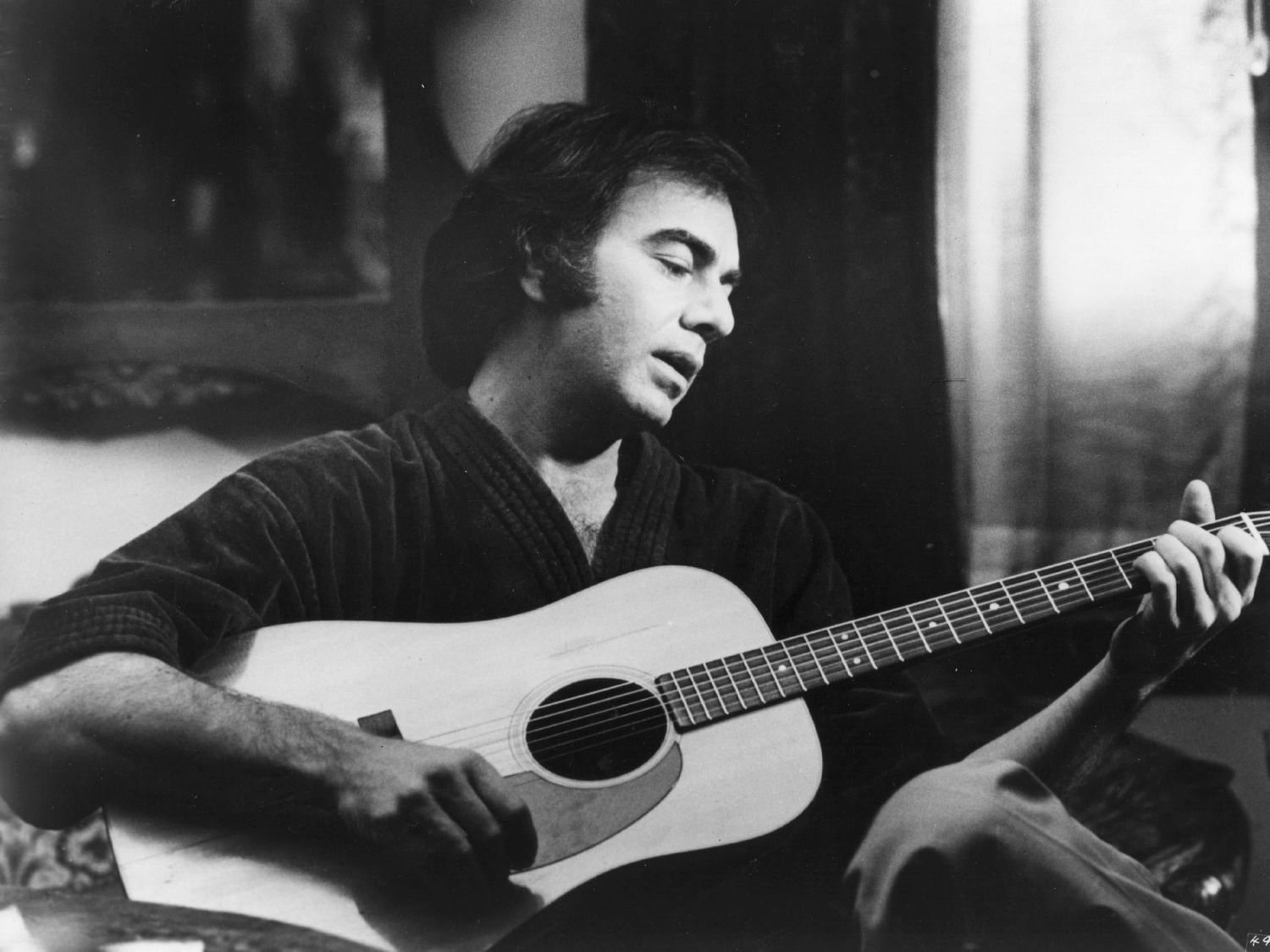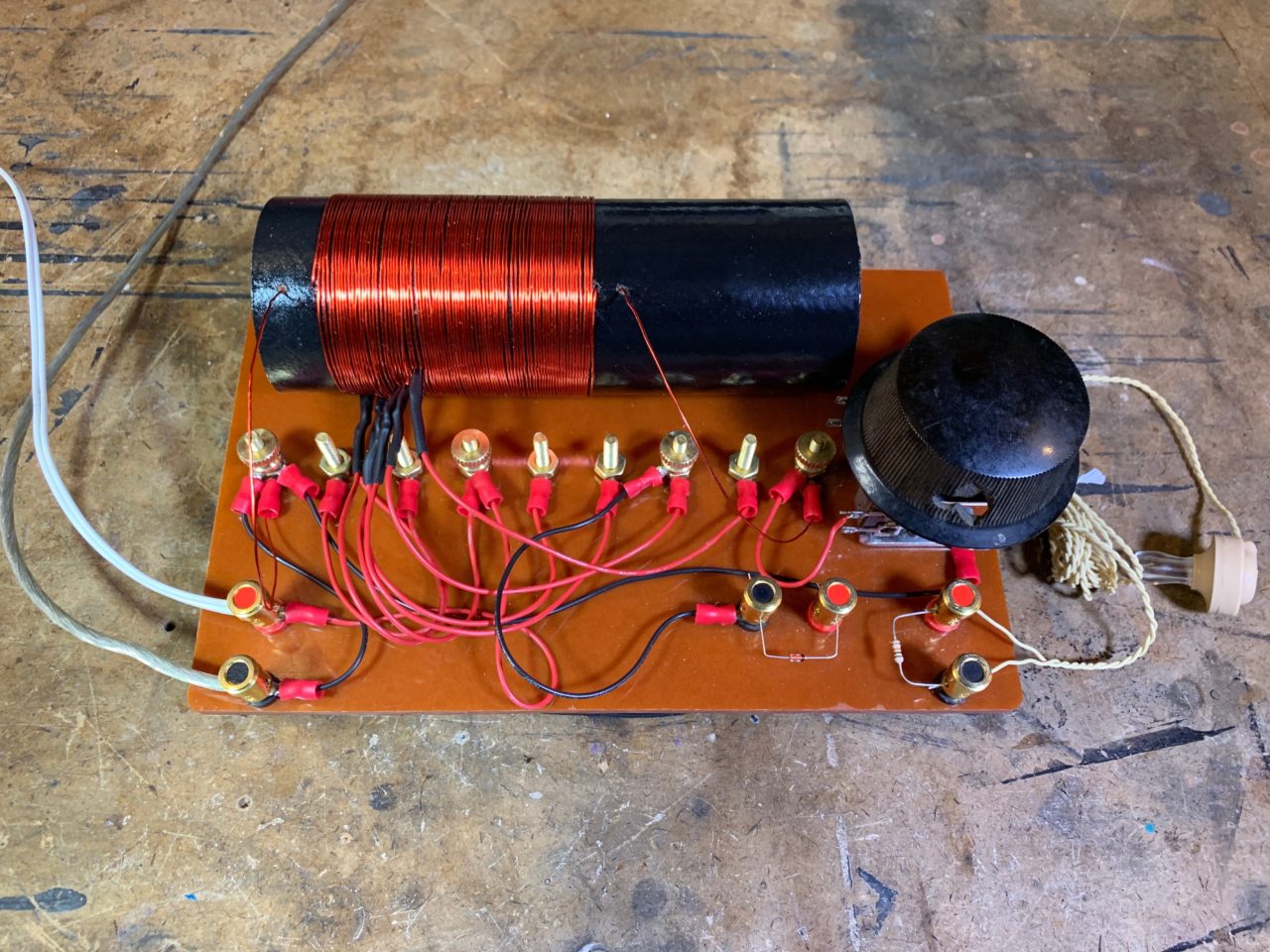Home>Production & Technology>Songwriter>Which Songwriter Was Associated With Brill Building Pop


Songwriter
Which Songwriter Was Associated With Brill Building Pop
Published: February 26, 2024
Discover the songwriter associated with Brill Building pop and their impact on music history. Learn about their contributions to the iconic genre.
(Many of the links in this article redirect to a specific reviewed product. Your purchase of these products through affiliate links helps to generate commission for AudioLover.com, at no extra cost. Learn more)
Table of Contents
Introduction
The Brill Building Pop era remains a pivotal chapter in the history of popular music, characterized by an influx of incredibly talented songwriters who left an indelible mark on the music industry. This period, which flourished from the late 1950s to the early 1960s, was defined by the remarkable synergy between songwriters, musicians, and music publishers congregated in the famed Brill Building, located in the heart of New York City. The Brill Building, often referred to as the "Tin Pan Alley of the rock and roll era," served as a creative hub where songwriting luminaries crafted some of the most enduring and influential songs of the time.
During this vibrant period, the Brill Building became a melting pot of creativity, fostering an environment where songwriters honed their craft, collaborated with fellow musicians, and ultimately shaped the sound of popular music. The Brill Building Pop phenomenon not only revolutionized the music industry but also paved the way for a new wave of songwriting prowess that continues to inspire artists and songwriters to this day.
As we delve into the world of Brill Building Pop, we will explore the essence of this musical movement, uncover the notable songwriters who contributed to its legacy, and examine the profound impact it had on shaping the landscape of popular music. Join us on a captivating journey through the corridors of the Brill Building, where timeless melodies were born and the echoes of creativity still resonate in the annals of music history.
What is Brill Building Pop?
Brill Building Pop, also known as the Brill Building Sound, refers to a distinctive style of popular music that emerged during the late 1950s and early 1960s. This musical phenomenon was deeply rooted in the creative energy and collaborative spirit that thrived within the walls of the Brill Building, a renowned music hub located in the heart of New York City. The Brill Building, often hailed as the epicenter of the music industry during that era, housed an array of music publishers, recording studios, and talented songwriters, making it a hotbed for innovation and artistic expression.
At its core, Brill Building Pop was characterized by its infectious melodies, intricate harmonies, and emotionally resonant lyrics, all of which contributed to the genre's widespread appeal. The music produced during this period often featured a fusion of various influences, blending elements of rock and roll, rhythm and blues, and traditional pop sensibilities. This eclectic blend of musical styles gave rise to a sound that was both timeless and distinctly emblematic of the era.
One of the defining features of Brill Building Pop was the emphasis on crafting meticulously structured songs that showcased the songwriters' keen attention to detail and their ability to capture universal emotions within the confines of a three-minute composition. The songs were expertly tailored to suit the vocal abilities and persona of the artists who would bring them to life, resulting in a seamless integration of music and performance.
Furthermore, the Brill Building served as a breeding ground for collaboration, with songwriters often teaming up to harness their collective creativity and produce chart-topping hits. This collaborative ethos fostered an environment where ideas flowed freely, and each songwriter's strengths complemented the others, leading to the creation of enduring classics that left an indelible mark on popular music.
In essence, Brill Building Pop encapsulated an era of unparalleled creativity and innovation, where the convergence of talent, ambition, and artistic vision gave rise to a musical legacy that continues to resonate with audiences across generations. The impact of Brill Building Pop reverberates through the annals of music history, serving as a testament to the enduring power of collaborative songwriting and the timeless allure of its melodic tapestry.
The Songwriters of Brill Building Pop
The Brill Building Pop era was synonymous with an extraordinary cadre of songwriters who played a pivotal role in shaping the landscape of popular music. These visionary wordsmiths, often working in collaboration with talented composers and lyricists, infused the airwaves with a melodic tapestry that resonated with audiences worldwide. Their collective genius and knack for crafting timeless compositions solidified their status as the architects of the Brill Building Sound.
At the forefront of this illustrious group was Carole King, whose prodigious songwriting talent and emotive storytelling prowess set a new standard for Brill Building Pop. Alongside her songwriting partner and former husband, Gerry Goffin, King penned an array of chart-topping hits that showcased her innate ability to capture the complexities of human emotion within the confines of a song. Their collaborations yielded classics such as "Will You Love Me Tomorrow" and "The Loco-Motion," cementing their indelible legacy in the annals of music history.
Another luminary of the Brill Building era was Neil Sedaka, whose gift for crafting infectious melodies and poignant lyrics propelled him to the forefront of the music scene. Sedaka's compositions, including "Breaking Up Is Hard to Do" and "Calendar Girl," exemplified his uncanny ability to encapsulate the universal experiences of love and heartache, endearing him to audiences around the world.
Furthermore, the dynamic duo of Barry Mann and Cynthia Weil left an indelible mark on Brill Building Pop with their evocative songwriting prowess. Their collaborations produced a string of hits such as "You've Lost That Lovin' Feelin'" and "On Broadway," showcasing their unparalleled ability to craft emotionally resonant narratives that transcended musical boundaries.
Equally influential was the songwriting prowess of Burt Bacharach and Hal David, whose sophisticated compositions and lush arrangements redefined the sound of popular music. Their timeless classics, including "Walk On By" and "I Say a Little Prayer," epitomized the elegance and sophistication that became synonymous with the Brill Building era.
In addition, the prolific songwriting team of Jerry Leiber and Mike Stoller made an indelible mark on the Brill Building Pop landscape with their innovative approach to songcraft. Their contributions, including "Stand by Me" and "Hound Dog," showcased their mastery of blending rhythm and blues influences with infectious melodies, solidifying their status as trailblazers of the era.
Collectively, these iconic songwriters, among many others, epitomized the collaborative spirit and creative dynamism that defined the Brill Building Pop era. Their enduring contributions continue to resonate with audiences, serving as a testament to the timeless allure and enduring legacy of Brill Building Pop.
The Impact of Brill Building Pop
The Brill Building Pop era left an indelible imprint on the music industry, shaping the trajectory of popular music and influencing generations of songwriters and musicians. Its impact reverberated far beyond the confines of the 1960s, permeating the cultural fabric and leaving an enduring legacy that continues to resonate with audiences worldwide.
One of the most profound impacts of Brill Building Pop was its role in redefining the songwriting landscape. The era witnessed a paradigm shift in the approach to crafting popular music, as songwriters honed their skills in capturing universal emotions and experiences within succinct, meticulously structured compositions. This emphasis on storytelling and relatability set a new standard for songwriting, inspiring future generations to delve deeper into the human experience through their musical narratives.
Moreover, Brill Building Pop played a pivotal role in shaping the sound of popular music, contributing to the evolution of rock and roll, rhythm and blues, and traditional pop sensibilities. The era's infectious melodies, intricate harmonies, and emotionally resonant lyrics became emblematic of a musical style that transcended boundaries and captivated audiences across diverse demographics. This sonic tapestry not only defined an era but also laid the groundwork for the evolution of popular music in the decades that followed.
Furthermore, the collaborative ethos of the Brill Building era fostered a sense of camaraderie and innovation among songwriters, leading to a proliferation of chart-topping hits that dominated the airwaves. The era's emphasis on collaboration and collective creativity set a precedent for the music industry, showcasing the transformative power of synergy and shared artistic vision in producing enduring musical masterpieces.
Additionally, the Brill Building Pop era served as a launching pad for the careers of numerous songwriters and musicians, propelling many to the forefront of the music industry and solidifying their status as luminaries in popular music. The era's fertile creative environment provided a platform for emerging talents to showcase their artistry and make a lasting impact, thereby shaping the trajectory of their careers and contributing to the rich tapestry of popular music.
Overall, the impact of Brill Building Pop transcends its temporal confines, leaving an indelible mark on the music industry and inspiring future generations of songwriters and musicians. Its enduring legacy serves as a testament to the transformative power of collaborative creativity and the timeless allure of its melodic tapestry.
Conclusion
In conclusion, the Brill Building Pop era stands as a testament to the transformative power of collaborative songwriting and the enduring legacy of its melodic tapestry. This pivotal chapter in the history of popular music not only redefined the songwriting landscape but also left an indelible imprint on the cultural fabric, influencing generations of songwriters and musicians. The creative synergy that thrived within the walls of the Brill Building gave rise to a musical movement that transcended boundaries, captivating audiences with its infectious melodies, intricate harmonies, and emotionally resonant narratives.
The Brill Building Pop era showcased the remarkable confluence of talent, ambition, and artistic vision, as songwriters honed their craft and collaborated to produce a wealth of enduring classics. The impact of Brill Building Pop reverberates through the annals of music history, shaping the trajectory of popular music and inspiring future generations to delve deeper into the human experience through their musical narratives.
Furthermore, the collaborative ethos of the Brill Building era set a precedent for the music industry, emphasizing the transformative power of synergy and shared artistic vision in producing chart-topping hits that dominated the airwaves. The era's emphasis on storytelling and relatability set a new standard for songwriting, inspiring future generations to craft compositions that encapsulate universal emotions and experiences within succinct, meticulously structured narratives.
The legacy of Brill Building Pop continues to resonate with audiences across generations, serving as a timeless testament to the enduring allure of its melodic tapestry. The era's profound impact on the songwriting landscape, the sound of popular music, and the careers of numerous songwriters and musicians solidifies its status as a pivotal and influential period in the annals of music history.
In essence, the Brill Building Pop era remains a source of inspiration and a testament to the enduring power of collaborative creativity. Its timeless classics and enduring legacy serve as a vibrant reminder of the transformative impact of music and the indelible mark left by the visionary songwriters who shaped the Brill Building Sound.










